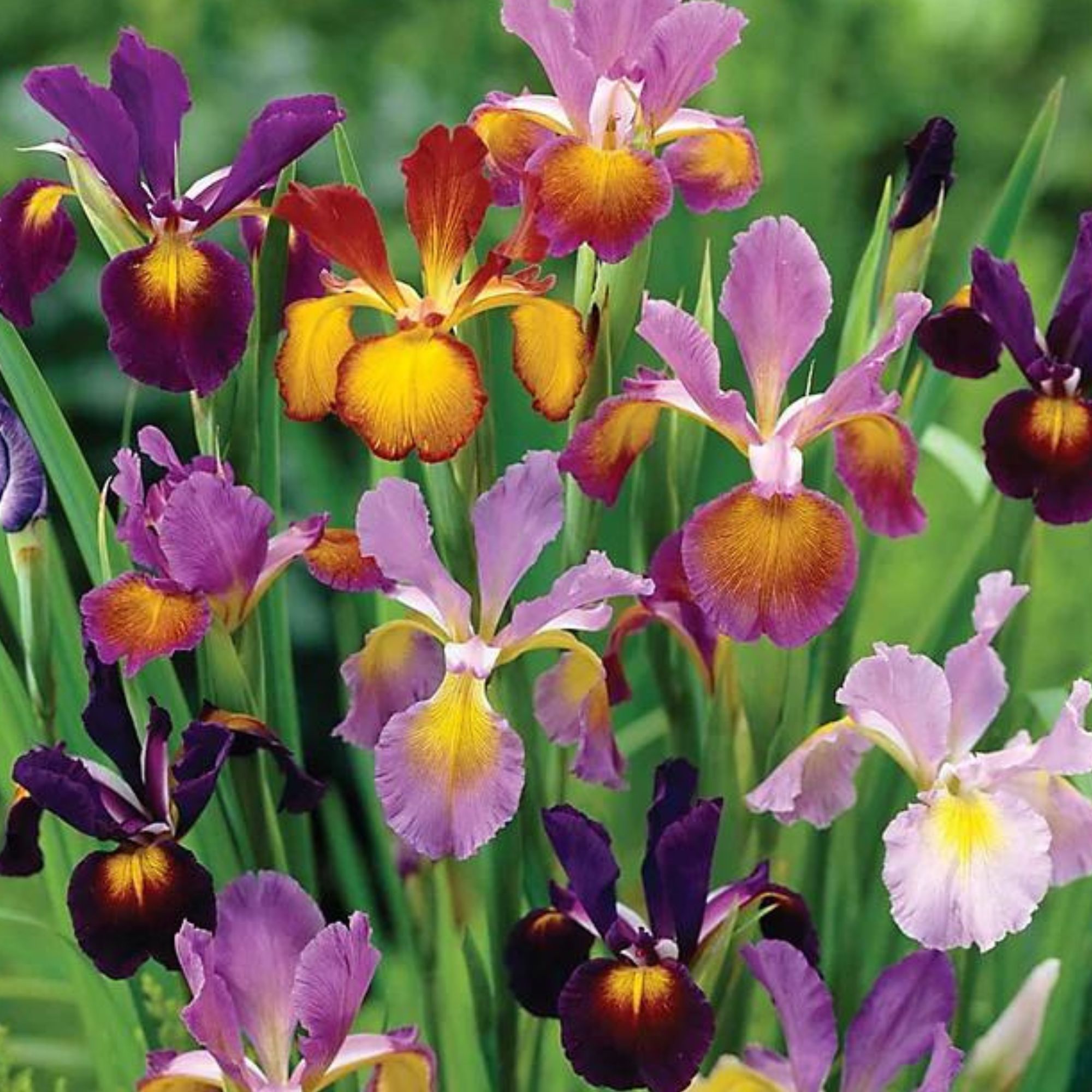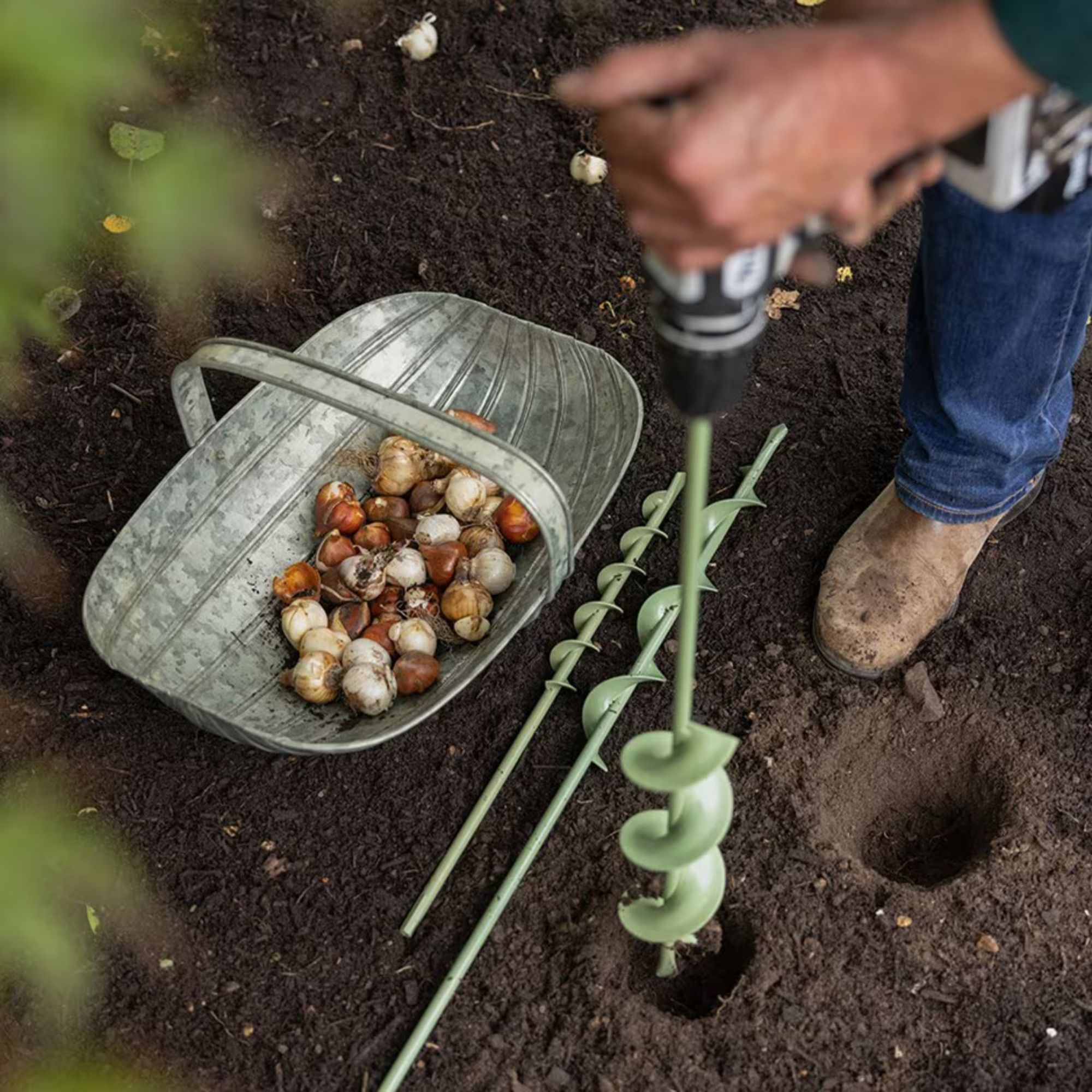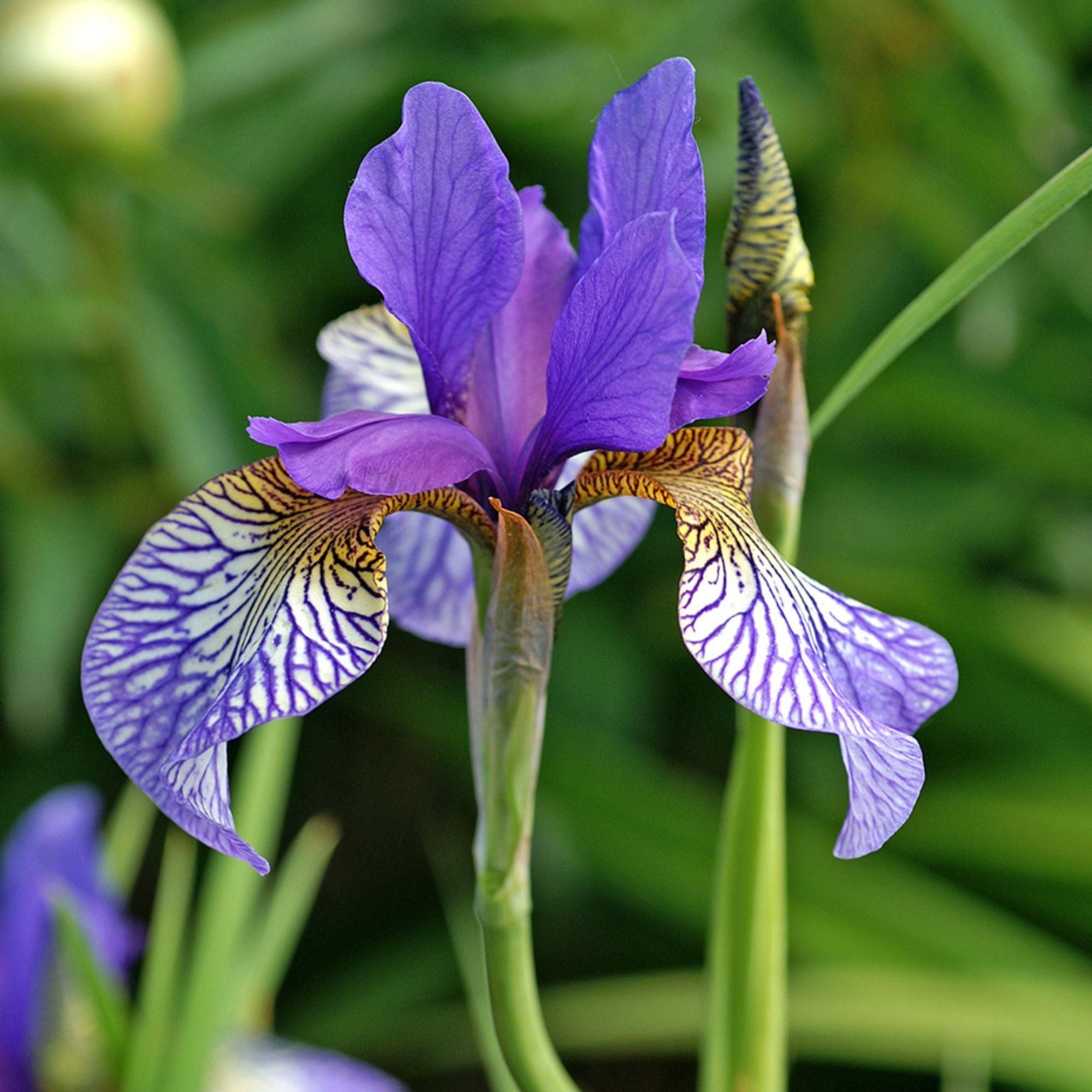When to plant iris bulbs - the deadline is looming if you want to fill your garden with bulb or border irises next year
Autumn = Iris planting time

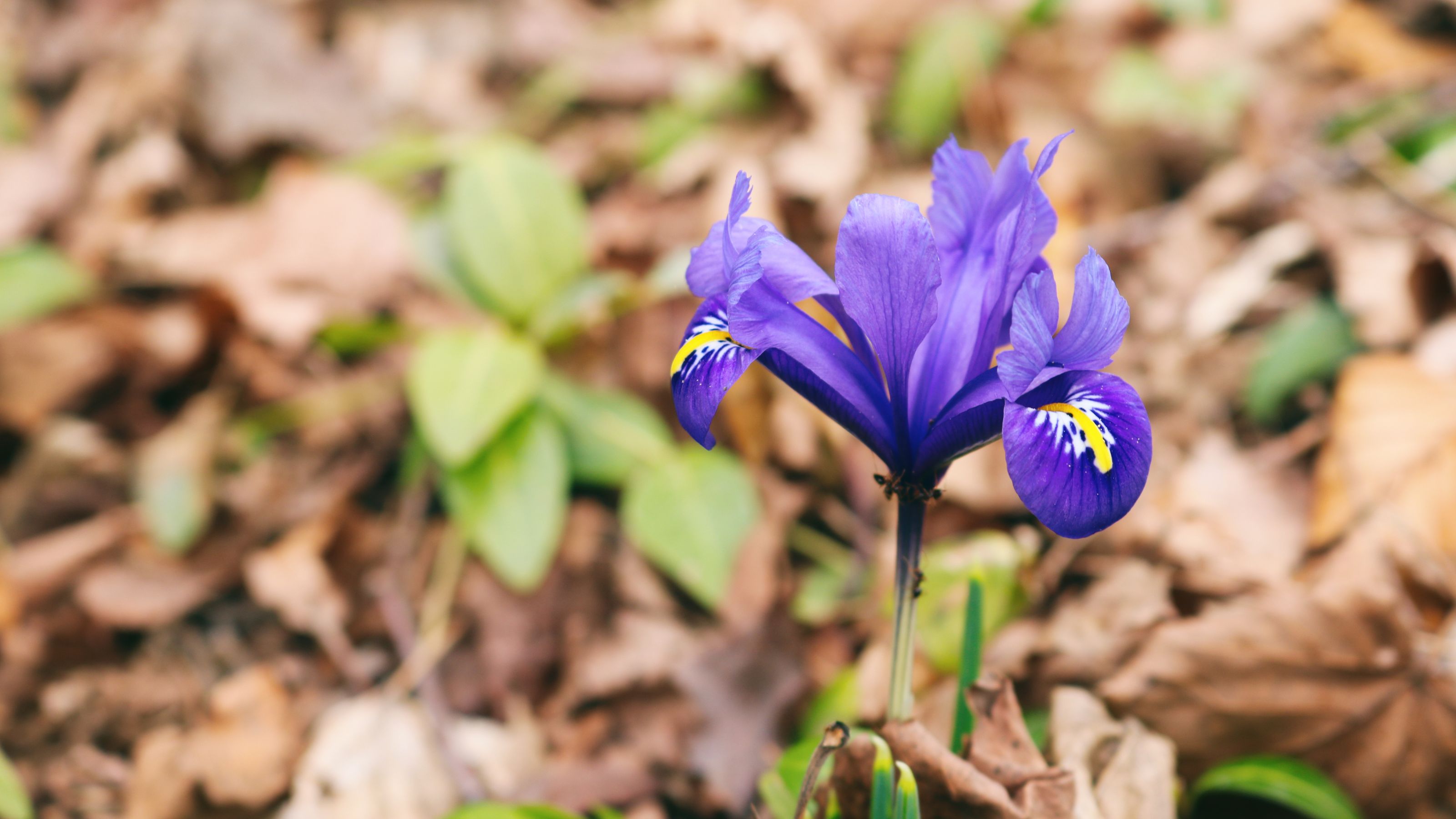
With their colourful, unique flowers and their ability to grow in every corner of your garden, we wouldn’t be surprised if you wanted to plant iris bulbs. But knowing when to plant iris bulbs can make or break this beautiful bloom.
Yes, while deadheading irises and cutting back irises can help when you’ve successfully grown these stunning perennials, understanding how and when to plant them is key to getting started off on the right foot. One thing you might not realise, however, is that irises can be placed in one of two groups.
There are bulb irises (grown from bulbs) and border irises (grown from rhizomes). Both are just as beautiful as each other, but it’s fair to say that their planting, growing and care requirements are a little different. So, this is when to plant iris bulbs – no matter whether you’ve chosen to grow bulb or border irises.
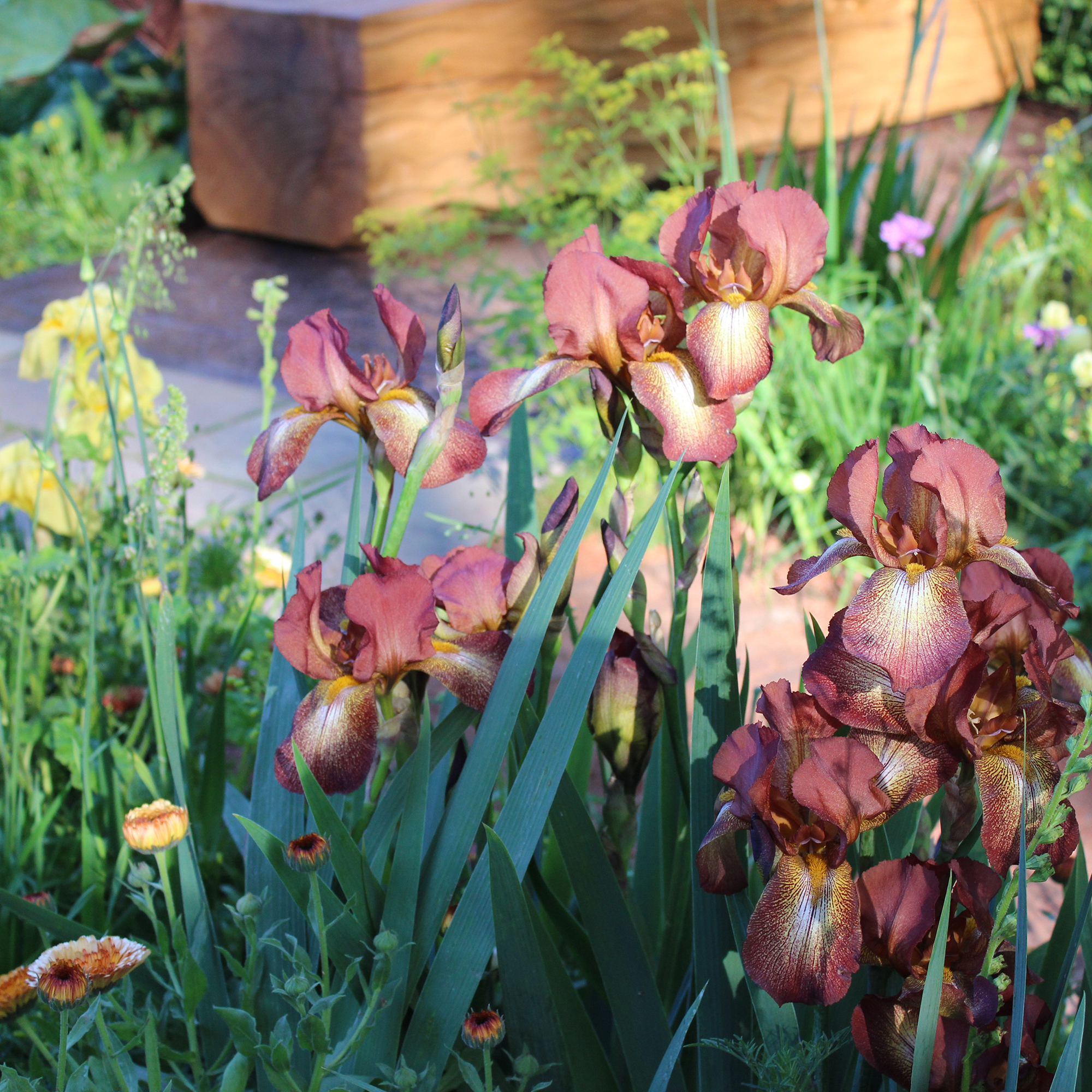
When to plant bulb irises
If you want to fill your garden with beautiful bulbous irises next spring or summer, you should ideally add this task to your list of jobs to do in the garden in September. This gives the bulbs enough time to establish themselves before the next flowering season
You’ll likely find it impossible to plant bulb irises at any other point of the year, as they are only available online, in garden centres, and via mail order during the colder autumn seasons. After that, Graham Smith MCIHort, a gardening expert from LBS Horticulture, says, ‘You should ideally plant them as soon as possible after you have purchased them.’
Don’t worry too much if you’ve missed the boat to plant your bulb irises, though. If you’ve been distracted by what to plant in pots in September and the best vegetables to sow in October, you can plant summer-flowering irises as late as early November if you have to.
Just note that doing this may cause your irises to bloom a little later than usual, but it shouldn’t affect their health. However, you should always inspect your bulbs before planting irises in November. If the bulbs show any signs of damage, disease, or mould, you shouldn’t risk planting them.
Sign up to our newsletter for style inspiration, real homes, project and garden advice and shopping know-how
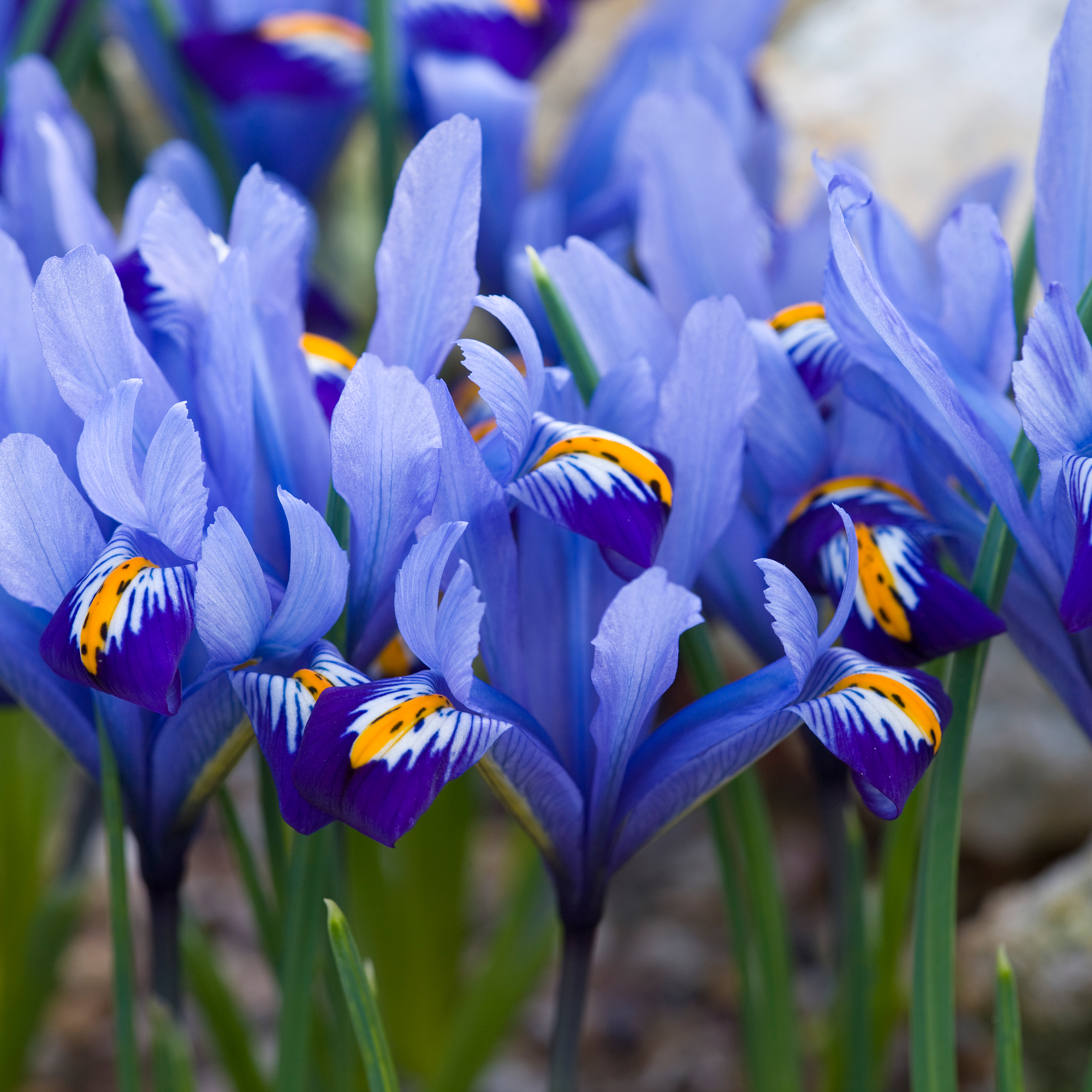
When to plant border irises
Out of all the border irises to choose from, bearded irises are a popular choice to fill garden borders. And while you can plant border irises at the same time as bulb irises, the window to complete this task does open up a little earlier.
In fact, you can start planting your border iris rhizomes anywhere between August and October, making it the ideal task to add to your August garden to-do list.
This is echoed by Morris Hankinson, managing director of Hopes Grove Nurseries, who says, ‘Planting them right as they come out of dormancy in the late summer ensures they have the best opportunity to adapt to their new environment.’
He adds, ‘In some cases, many iris varieties require a period of cold to help trigger flowering! By planting them in autumn, it gives them enough time and exposure to the winter cold to have a successful bloom in the spring.’
Opting to plant them a little earlier than your bulb irises works in their favour if you follow the rules and plant the rhizome so the top pokes out of the ground, too. This allows the sun-loving plants to absorb as much of the late summer sun as possible to encourage better blooming next year.
What you’ll need
FAQs
Should you soak iris bulbs before planting?
If you are planting bulb irises, there’s no need to soak them before planting. They should be able to thrive and establish themselves successfully without prior soaking, but they do benefit from a thorough water shortly after planting to set them up for success.
If you are planting border iris rhizomes, you can soak them before planting however. This will give the roots a better chance of establishing themselves as it makes them more flexible and pliable during the planting process.
How deep do you bury iris bulbs?
Ideally, you should plant bulb iris bulbs at least 15cm deep to allow them the space that they need to thrive. By doing so, you can ensure that the plants will flower bigger and better each year.
Graham Smith MCIHort from LBS Horticulture says, ‘The bulbs should be planted two to three times as deep as the depth of the bulbs themselves. This can encourage them to flower more often the following year, and the bulbs should be placed roughly 2 to 3 inches apart.’
The rules are a little different for border irises, though, as they are planted earlier to make the most of the late summer sun. Because of this, you should only half-bury the rhizomes so that the top pokes out of the soil. This allows the rhizome to absorb as much sunshine as possible.
However, border irises do appreciate some space, which is why you should plant them around 30cm away from the next rhizome.
Do iris bulbs need to be dug up every year?
No, iris bulbs can stay in the ground over winter. Not only will they be able to survive the winter months, but they’ll also divide as the years go by.
Because of this, most experts would advise dividing your iris bulbs every couple of years to ensure they don’t get too clumped together. You can then plant these bulbs elsewhere to add more irises to your garden.
So, the time is ticking if you want to ensure you’re planting iris bulbs at the perfect time…

Lauren Bradbury has been the Content Editor for the House Manual section since January 2025 but worked with the team as a freelancer for a year and a half before that. She graduated with a Bachelor’s degree in English and Creative Writing from the University of Chichester in 2016. Then, she dipped her toe into the world of content writing, primarily focusing on home content. After years of agency work, she decided to take the plunge and become a full-time freelancer for online publications, including Real Homes and Ideal Home, before taking on this permanent role. Now, she spends her days searching for the best decluttering and cleaning hacks and creating handy how-to guides for homeowners and renters alike, as well as testing vacuums as part of her role as the Ideal Home Certified Expert in Training on Vacuums, having spent over 110 hours testing different vacuum models to date!
